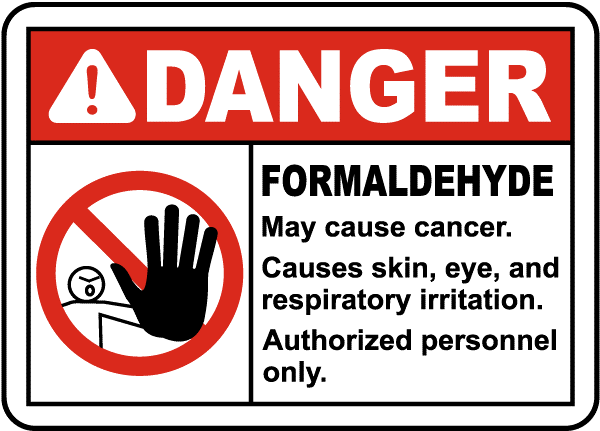- It is a colourless gas, hard on the nose and flammable.
- Can cause eyes to water plus throat and nose irritation (coughing and wheezing).
- In extreme cases, formaldehyde has been associated with nasal cancers and leukaemia.
Formaldehyde is formed by oxidising methanol and is part of the volatile organic compound (VOC) family. It is extremely reactive in its pure form and often broken down in the process of making adhesives and binding materials used in buildings. In the building environment at room temperature, it is a colourless gas, hard on the nose and flammable.
Exposure is intensified when a building lacks ventilation and air is trapped or reticulated inside a closed area. Exposure can cause eyes to water plus throat and nose irritation (coughing and wheezing). High levels of exposure can cause nausea and trigger asthma attacks. According to the US National Cancer Institute (NCI), in extreme cases, ongoing high levels of exposure to formaldehyde can be associated with nasal cancers and leukaemia.
Formaldehyde is mainly used as an adhesive and binding product in building materials. Examples of building materials where formaldehyde is used include insulation, wood products, ink and paint. It breaks down rapidly in the environment through exposure to sunlight and bacteria. If inhaled, it metabolises quickly to formic acid in the human body. Thankfully formaldehyde does not accumulate in the body.
A workers productivity is compromised when exposed to formaldehyde. The formaldehyde contaminated indoor air will require additional ventilation or ventilation to run at a higher rate than normal. This, in turn, will require the building to use more energy. There is no good or ‘safe’ amount of formaldehyde in any building. The sooner it is completely eliminated as a building material, the better.
Author: Bryan Groenendaal















